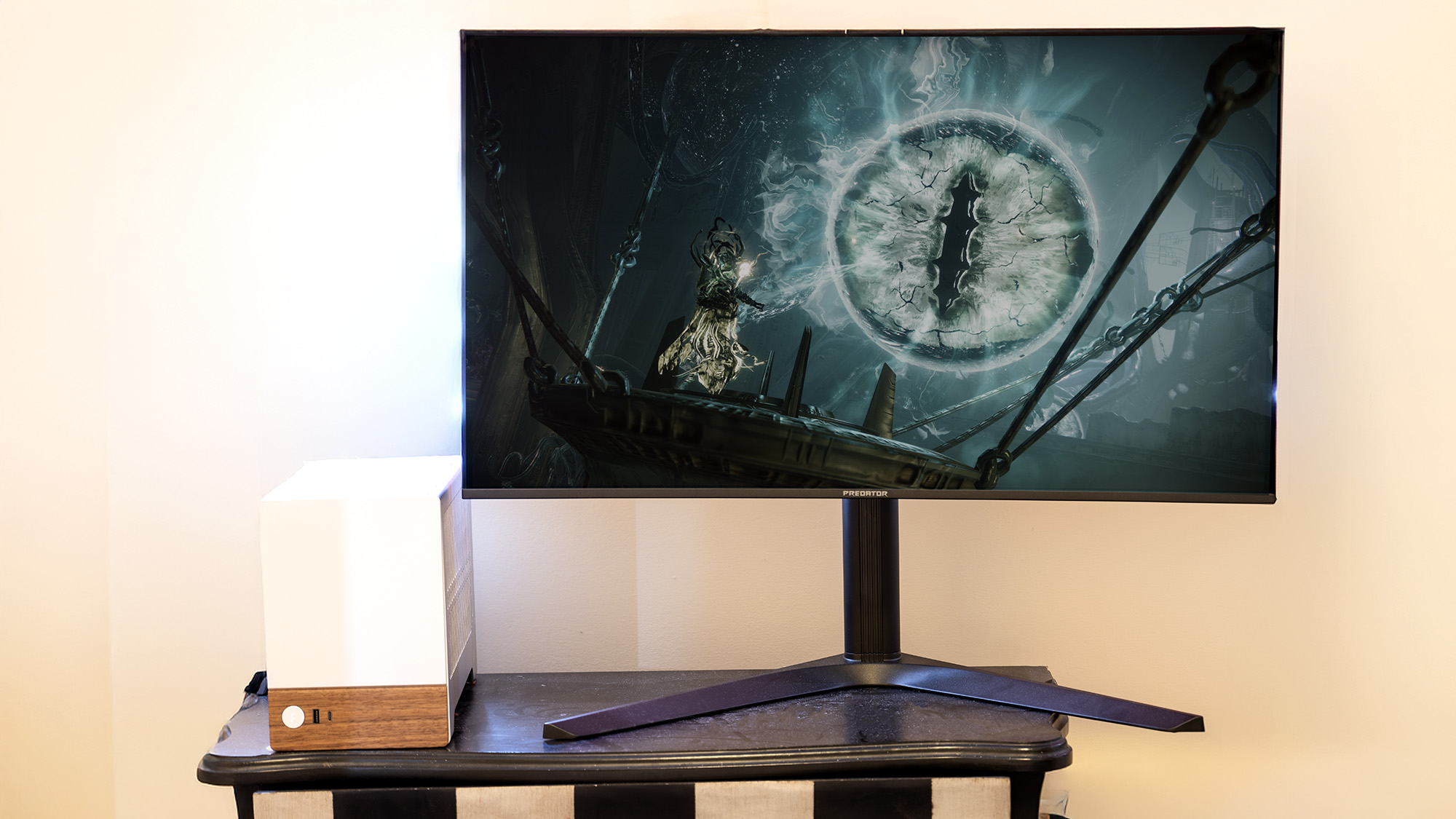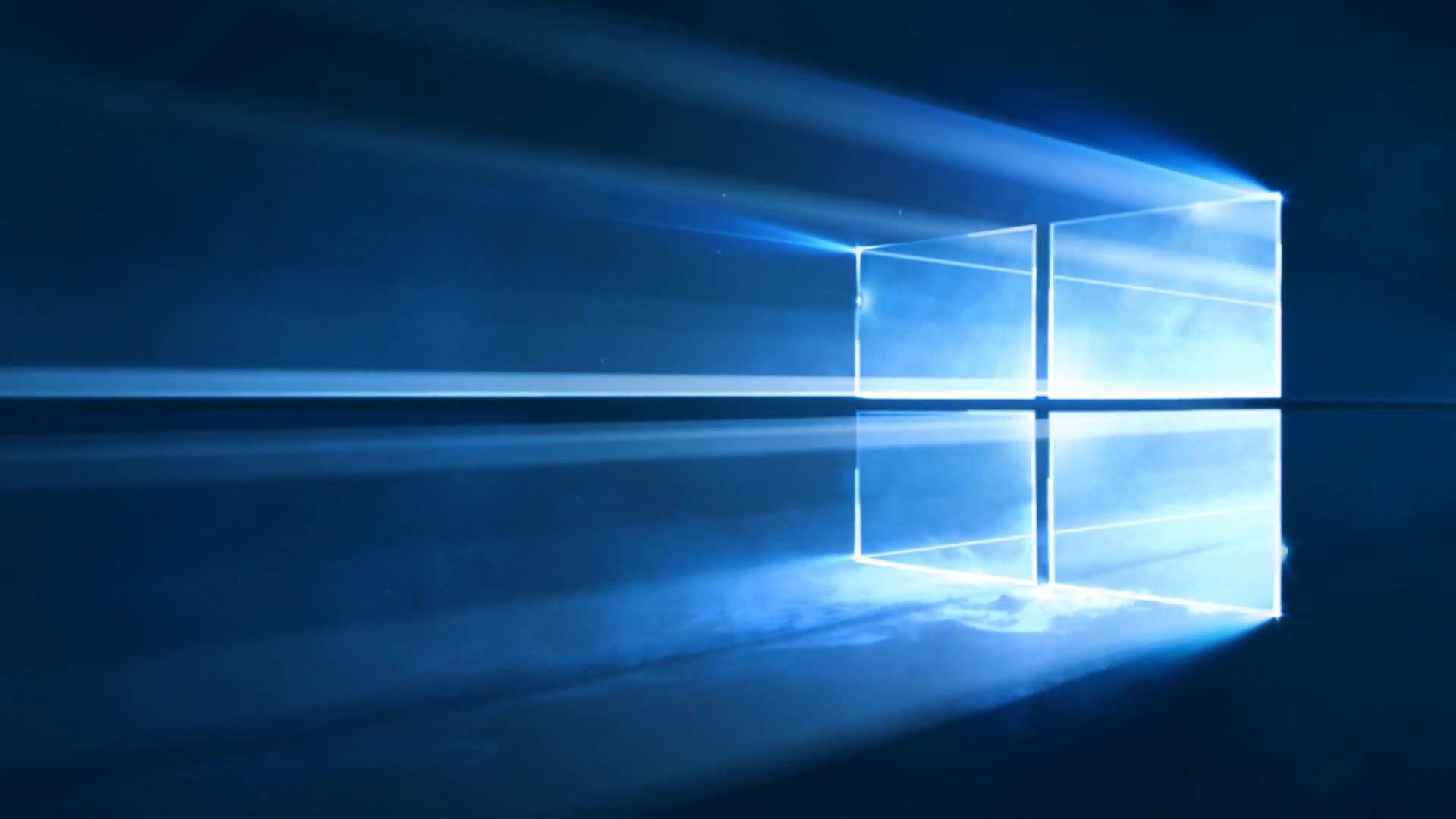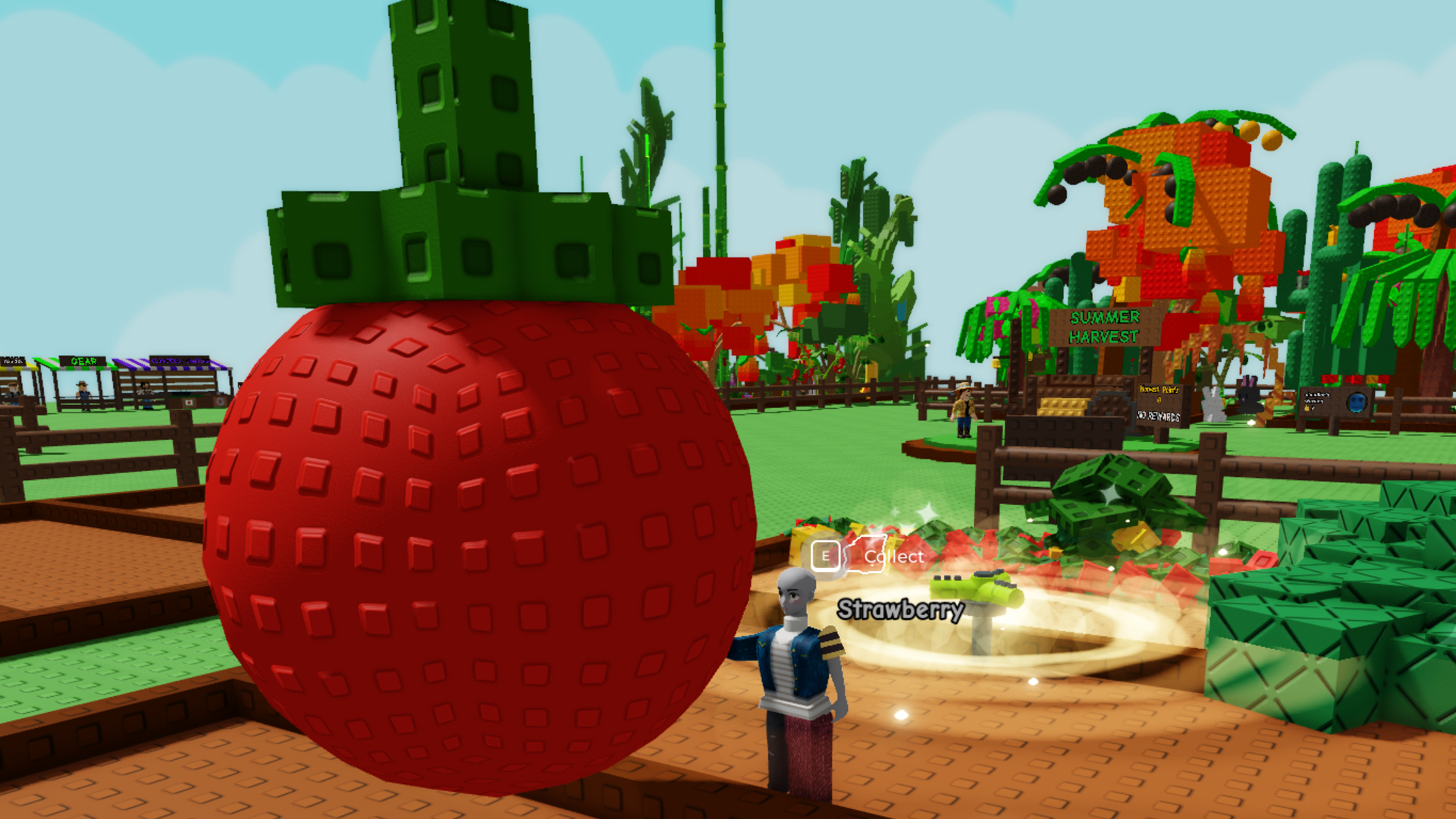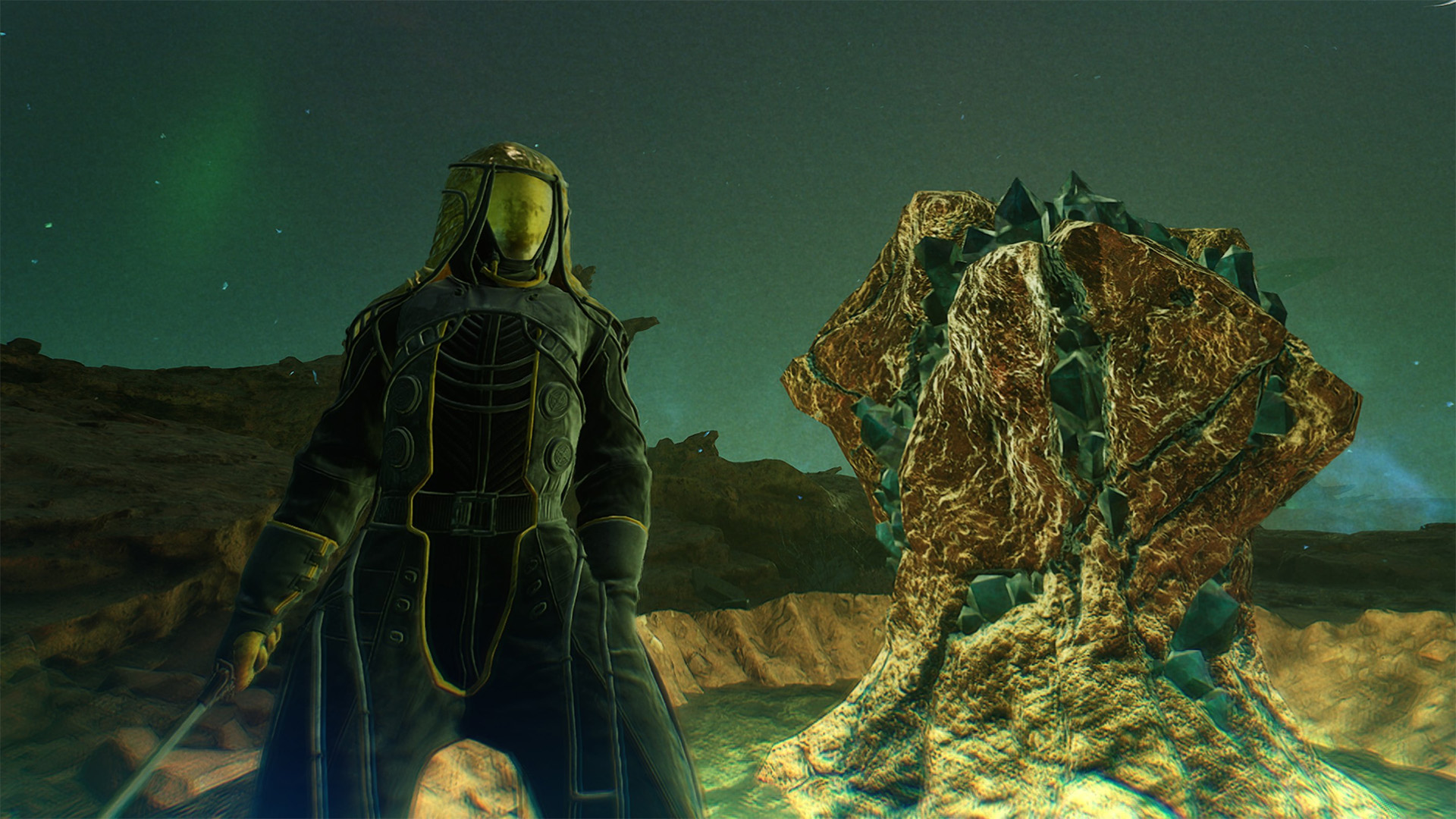
For my money, no single-player game makes you earn every acrobatic kill quite like 2020’s Ghostrunner. Its fast-paced action platforming was intense and brutally challenging, but wall-running, air dodging, and sliding your way around a room to chop up enemies while dodging their pinpoint counter-offensives felt satisfying when you got it right. Based on my very limited hands-on time with the sequel, its brand of high-speed kill-or-be-killed violence remains one of the most unique and rewarding action game experiences out there, and Ghostrunner 2 wastes no time upping the ante with new tricks to get the edge on enemies, and new ways to challenge your reflexes.
The “punk” part of cyberpunk is still firmly front and center in Ghostrunner 2. After killing The Keymaster, Jack and his team are left to try to bring some semblance of order back to Dharma Tower, which is being consumed by the chaos of several gangs attempting to fill the power vacuum. The city itself looks brighter and bolder, expanding on that patchwork mix of dingy residential blocks and blocky industrial accents, drowned in billboards and neon. The techno-apocalypse vibes are spot-on.
Sliding into combat immediately reveals some returning abilities, like the sensory boost that allows Jack to slow time down and strafe through the air to avoid incoming fire. But now, he can dash through the air more than once, meaning he can close further gaps between him and his foes before they ever get a chance to fire a second shot. The energy meter that regulates how many dashes you get also doubles as a block gauge, a new feature that gives you another way to keep yourself safe from average melee and ranged attacks. In scenarios where many enemies were coming at me from all sides and there wasn’t much cover to be found, blocking and countering – which executes enemies when you time the block just right – really empowered me to stand and scrap in a way the previous game did not. This didn’t suddenly turn Jack into Ryu Hayabusa, but it did help prevent those times in the first game where running in circles, hoping to kite enemies away from each other so you can pick them off individually, brought the ‘always forward’ momentum of the action to a scraping halt.
Blocking and countering – which executes enemies when you time the block just right – really empowered me to stand and scrap in a way the previous game did not.
I started with two special abilities: Tempest, the Force blast-like attack returning from the first game, and the new Shuriken, which produces electrical ninja stars. Both had combat and light puzzle-solving applications. Tempest can be used to shove enemies into or off of obstacles, or to move platforms around to open up pathways. Shuriken can hit switches just beyond reach, and became a very useful attack for controlling the crowd by triggering environmental hazards or stunning bad guys on approach. It’s also another great way to diversify your gameplan.
Working through the first level, there felt like way more ways to enter combat scenarios than there were previously. One set of rooms allowed you to swing up directly for a straightforward assault, or grappling into a ventilation shaft up to the side to flank the defending goons. Either way, the section was full of breakable walls you could dash through to give yourself some last minute escape routes or attack angles in case whatever the decision you make goes sideways.
The second mission of the demo was a completely new concept, sitting me on a motorcycle to chase a target, boost jumping over gaps and riding up walls to avoid obstacles at very high speed. I think I liked the level more in theory, but in practice I found occasionally getting caught on architecture and barely missing jumps to be very frustrating. I think it has potential, but I don’t think this first impression sold me on the cycle mission as an ongoing thing.






